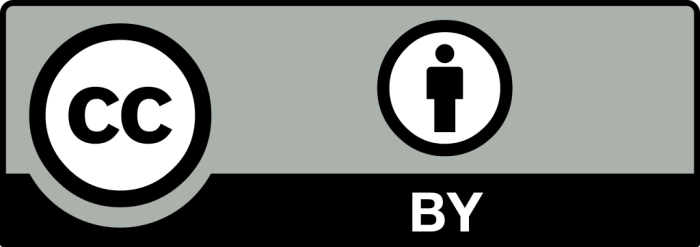Shake Those Methods!
The Art of Doing Research
In the winter term 2015/16, the GCSC research area ‘Visual and Material Culture’ held a number of meetings on the application of the research methodology while conducting research in the study of culture. As the immediacy of practical application of the research methods leaves a strong imprint on the ideas and knowledge that appear in academia, we wanted to report on our discussions in the light of the theoretical concept of ‘emergence.’
Our starting point of discussion was the misconception that research proceeds in linear and homogeneous ways. Applying methods in research is often regarded as (or confused with) the application of a concrete set of practices that will solve a clearly defined problem. Research, on the contrary, is often messy, spontaneous, chaotic, surprising. Methods and research material emerge in a continuous process of negotiation.
Therefore, rather than taking the dogmatic and deterministic script of methodologies for granted, the group of graduate students strove to explore the ways in which different methodological considerations can bring out the excitingly complex nature of fieldwork, whether in archives, online, or in informants’ homes. In that way, ‘emergence’ of a method (its spontaneous evolvement during the fieldwork) was taken as a structuring principle for analyzing conducted research practices.
Over the course of several research sessions, our group discussed different methods and their potentials: given that every type of fieldwork is different, there is an array of topics, data, and people that emerge when applying a particular research method. Such analysis also highlighted the need for explicit self-reflexivity, in which we perceive the researcher as one of the defining components of the research — it is up to the researcher what questions are asked, what people are approached, and which photographs are chosen to illustrate the situation.
In our discussions, our main objective was to move away from the reductionist approach that sees methods as ‘a tool,’ and rediscover them as a set of conditions that allow knowledge to emerge. Each of the sessions was hosted by one of the research area’s members; the most interesting discussions, questions, and constructed frameworks were outlined in the reports. We hope that you as a reader will find these issues interesting.
_How to cite
Alesya Krit, Katja Wehde, Raul Gschrey, and Ronja Trischler. “Shake Those Methods! – The Art of Doing Research.” On_Culture: The Open Journal for the Study of Culture 1 (2016). <http://geb.uni-giessen.de/geb/volltexte/2016/12073/>.



